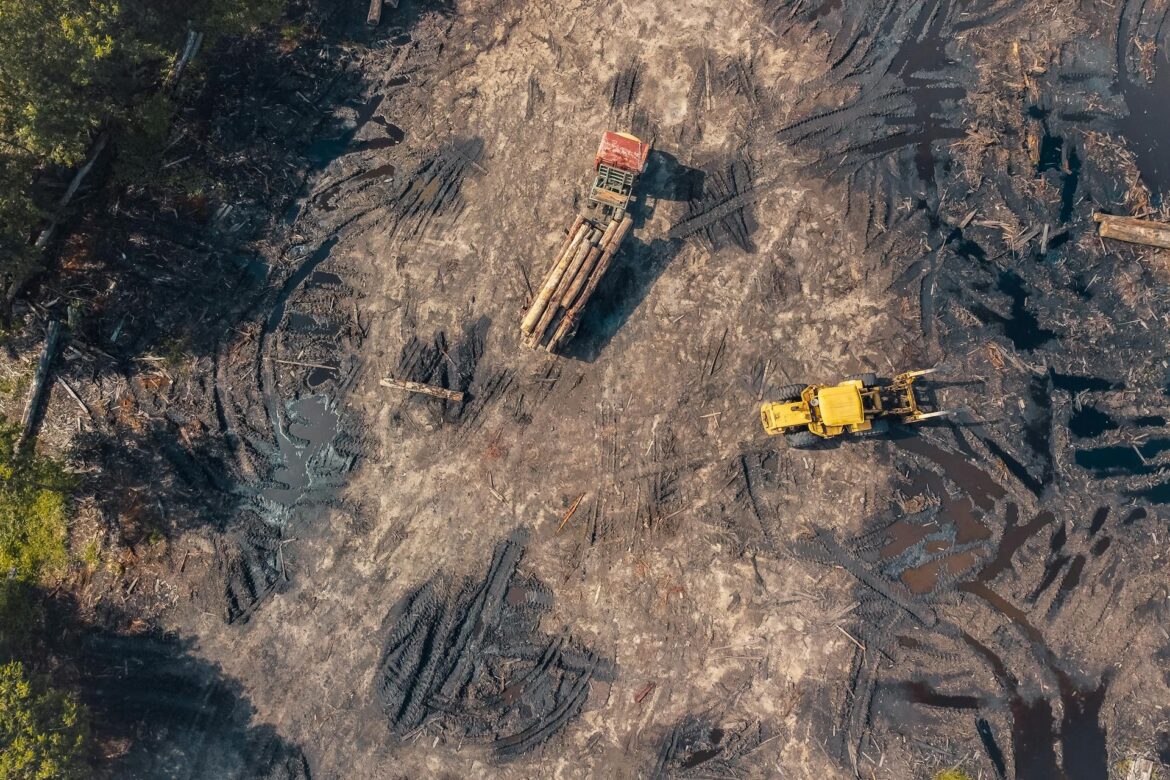Deforestation, the process of clearing forests for agriculture, logging, and urbanization, is a critical driver of global warming. As trees are cut down and forests are cleared, the carbon stored in trees is released into the atmosphere, contributing to the greenhouse effect and exacerbating climate change. In this article, we will explore the role of deforestation in global warming and the urgent need to protect and restore our forests to mitigate the impacts of climate change.
- Deforestation and Carbon Emissions:
Forests play a crucial role in regulating the Earth’s climate by absorbing carbon dioxide (CO2) from the atmosphere through photosynthesis. Trees store carbon in their biomass and soil, acting as natural carbon sinks that help to mitigate the impacts of greenhouse gas emissions. However, when forests are cleared or degraded, the stored carbon is released back into the atmosphere in the form of CO2, contributing to global warming. - Impact on Biodiversity:
In addition to its role in climate regulation, deforestation also has significant impacts on biodiversity and ecosystem health. Forests are home to a vast array of plant and animal species, many of which are unique to forest ecosystems. When forests are destroyed, habitats are lost, and species are driven to extinction, disrupting ecological balance and reducing biodiversity. - Loss of Ecosystem Services:
Forests provide a wide range of ecosystem services that are essential for human well-being, including clean air and water, soil fertility, and climate regulation. Deforestation diminishes these services, leading to a decline in environmental quality and threatening the livelihoods of millions of people who depend on forests for food, shelter, and livelihoods. - Deforestation Hotspots:
While deforestation occurs in many parts of the world, certain regions are particularly vulnerable to forest loss. The Amazon rainforest, the Congo Basin, and Southeast Asia are among the most significant deforestation hotspots, where large-scale clearing of forests for agriculture, logging, and infrastructure development is driving rapid forest loss and degradation. - Solutions to Deforestation:
Addressing deforestation requires a multifaceted approach that includes policy interventions, sustainable land management practices, and community engagement. Governments, businesses, and civil society must work together to protect and restore forests, strengthen land tenure rights, and promote sustainable agriculture and forestry practices. - Reforestation and Afforestation:
Reforestation, the process of replanting trees in deforested areas, and afforestation, the establishment of new forests on previously non-forested land, are essential strategies for mitigating the impacts of deforestation and sequestering carbon. By restoring degraded ecosystems and expanding forest cover, we can help reverse the trend of forest loss and mitigate climate change.
Conclusion:
Deforestation is a major contributor to global warming, with far-reaching impacts on climate, biodiversity, and ecosystem services. To address the climate crisis and protect the planet for future generations, it is imperative that we take urgent action to curb deforestation, promote sustainable land use practices, and invest in forest conservation and restoration efforts. By saving our forests, we can help mitigate the impacts of climate change and preserve the natural heritage of our planet.



